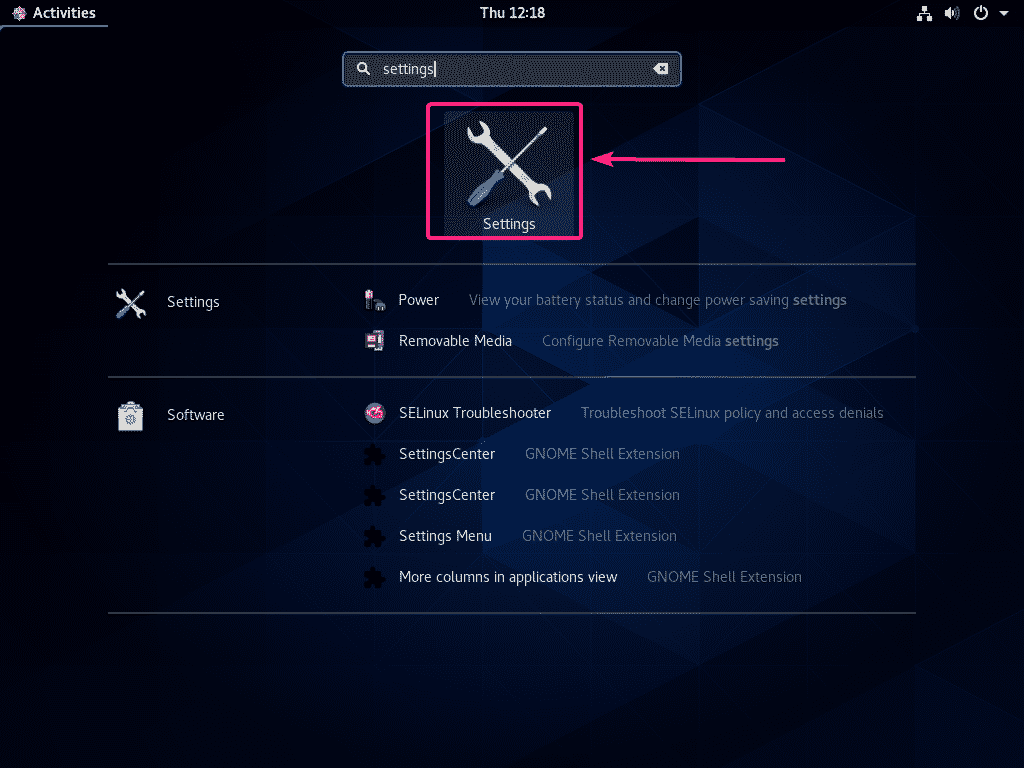
Using base prefix '/usr/local/Cellar/python3/3.6.2/Frameworks/amework/Versions/3.6'

You may need to logįor more information, see the user installs documentation.Ĭreating a virtualenv for this project. User PATH permanently in the Control Panel. Python -m site -user-site and replacing site-packages withĬ:\Users\Username\AppData\Roaming\Python36\site-packages so you wouldĬ:\Users\Username\AppData\Roaming\Python36\Scripts.

On Windows you can find the user base binary directory by running This will typically print ~/.local (with ~ expanded to theĪbsolute path to your home directory) so you’ll need to add Python -m site -user-base and adding bin to the end. On Linux and macOS you can find the user base binary directory by running You’ll need to add the user base’s binary directory to your PATH. If pipenv isn’t available in your shell after installation, Now you can install whatever you like under your local virtual environment.This does a user installation to prevent breaking any system-wide You have (name of your env) thing at the beginning of console line.Īnd check if it points to the one from your env

Go to the directory where you want to create your venv and run virtualenv Activate virtual env source /path/to/your/venv/nameofyourenv/bin/activate How do I know that I'm using python from virtual env? How to set up virtual environment on CentOS Virtual environment installation pip install virtualenv -user Virtual env creation Just open: vim ~/.bash_profileĪnd edit the line PATH=$PATH:$HOME/bin:$HOME/.local/binīut how you really should install packages - you should make use of virtual environment. For that you have to modify your $PATH variable to add your $HOME/.local/bin location. That your system won't find this package later. pip install -userīut there might be one more issue. And if you just try to install pip, it might end up by installing it, and pointing to 2.7 python packages of CentOS. You will get an error, that pip command doesn't exist.

If you think you can outsmart this, by running: sudo pip install You'll get permission error, since it's trying to write to the root directories. It only installs the package for the specific user. Installing packages with pip with -user argument is recommended. By default CentOS will use python version


 0 kommentar(er)
0 kommentar(er)
